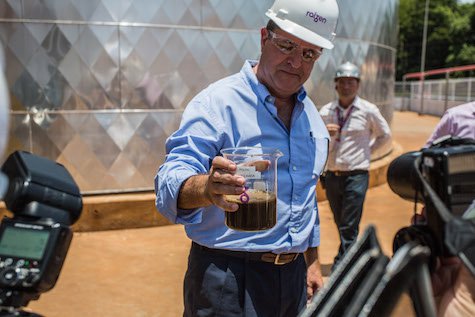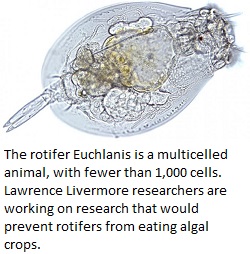 The biodiesel and livestock industries are working together in Iowa. This news release from the Iowa Biodiesel Board (IBB) says poultry and livestock producers are seeing greater profits because of the green fuel.
The biodiesel and livestock industries are working together in Iowa. This news release from the Iowa Biodiesel Board (IBB) says poultry and livestock producers are seeing greater profits because of the green fuel.
That was the message … at Western Dubuque Biodiesel’s plant, where soybean groups hosted a tour of the biodiesel facility and gave an economic presentation to members of the state livestock industry. The United Soybean Board, Iowa Biodiesel Board and Iowa Soybean Association hosted about 40 ag leaders to share information and answer questions on how biodiesel impacts the profitability of the livestock industry.
An increased demand for biodiesel also increases the demand for domestic soybeans to crush, growing the supply of soybean meal. This greater supply lowers the meal’s price, which decreases the relative cost of it to poultry and livestock farmers.
That means in addition to soybean farmers, animal agriculture also benefits from biodiesel.
“Animal agriculture is the soybean farmer’s No. 1 customer with 97 percent of soybean meal going to feed poultry and livestock,” said Delbert Christensen, a soybean farmer from Audubon, Iowa and director on USB. “Biodiesel helps animal agriculture by creating demand for soybean oil, which helps lower the cost of animal feed and creates an additional market for animal fats.”
More demand for biodiesel helps keep soybean meal prices competitive as demand for soybeans continues to rise globally, while biodiesel has also created demand for animal fats and tallow to be made into biodiesel. IBB says for Iowa farmers, these meal savings and increased fat and tallow values really add up. In 2013 alone, pork farmers saved $60,802,700 and dairy and beef farmers saved $25,511,700 respectively, strengthening animal agriculture in the state. Biodiesel by-product glycerin also can be an additional energy source in feed troughs.










